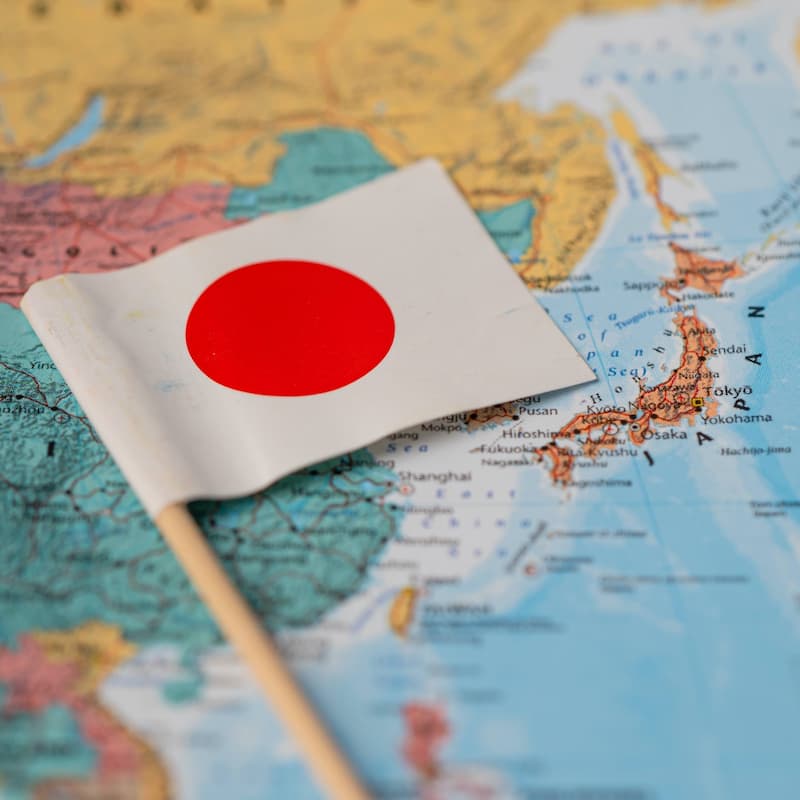
The San Francisco-headquartered asset management house takes a quick look at the strong performance of Japanese equities, and considers what comes next and how to position for it.
The following brief commentary on Japanese equity markets
comes from Shuntaro Takeuchi, portfolio manager at Matthews Asia, a
US-headquartered business that specialises in making investments
into the Asia region, as its name implies. These views are those
of the author and not necessarily endorsed by this news service.
For commentary and reaction, email tom.burroughes@wealthbriefing.com
As I gauge the outlook for Japan’s equity markets and reflect on
their recent impressive performance, it is clear to me that there
are many forces at work.
Firstly, Japan’s markets have benefited from a large expansion
over the last 18 months. Domestic investors have flooded the
market encouraged by the capital reforms that corporates have
made which have yielded significant benefits for shareholders
largely in the form of increased stock buybacks and
dividends.
It’s worth noting that even with a record high of share buybacks
by Japanese corporates last year, the total amount was still
less than the value of Apple’s 2023 buybacks. On top of that,
about half of Japanese listed companies are net cash. So we think
that the potential for enhanced returns from buybacks and
dividends will remain a force for a while though to greater and
lesser degrees across sectors and industries.
Secondly, Japan has earnings’ growth momentum. This is important
because over the past 10 years the majority of shareholder
returns have come from earnings per share (EPS) growth. This
has resulted in Japan being the best performing market by US
dollar returns, with the exception of India. Among popular
equity allocations outside of the US, Japan’s earnings’ growth
isn’t closely connected to its GDP growth, which compares poorly
with other developed markets.
Instead, the financial health of Japan’s corporates is more
directly tied to exports, world trade and the global economy. We
think Japanese corporates are generally in good shape and the
yen’s ongoing weakness to the dollar is also a macro tailwind for
earnings.
Earnings’ growth momentum
From some of our recent company visits, a couple of other things
are also clear. One is that inbound tourists are coming back, and
in full. Tourism-related spending has surpassed the all-time high
set before the pandemic and that’s without the full recovery of
spending by Chinese tourists who represent the largest component.
We also sense that while there’s increasing interest in Japan
from global investors they are still very much under-invested in
the market. So that has a long runway.
Looking ahead, we remain positive on Japan’s markets and we see
the drivers that have strengthened in recent months staying
strong. We would also highlight the long-term potential of
Japanese small caps.
The Nikkei 225, which consists of larger cap companies, has
traded at 10-year highs in terms of valuation this year while
broader Japan indexes which include mid-cap to small cap
companies have traded around 10-year median averages. So we
believe that there is a lot of upside in the small cap and
mid-cap space.
Of course, we don’t invest in large caps or small caps for the
sake of their size. We always invest in companies that have
superior growth over the mid to long term.
To see other examples of wealth managers’ views on Japan, see
here and
here.


